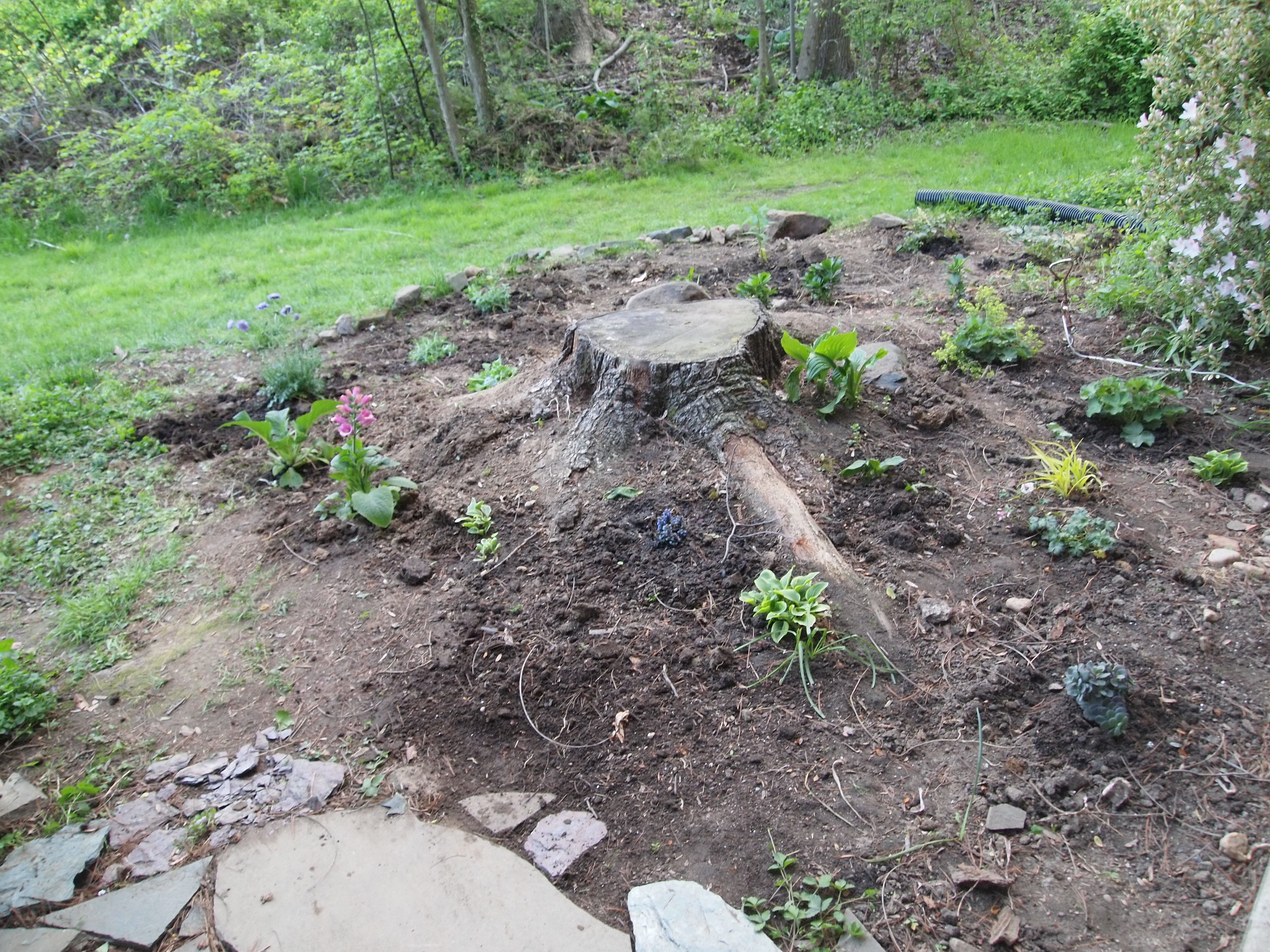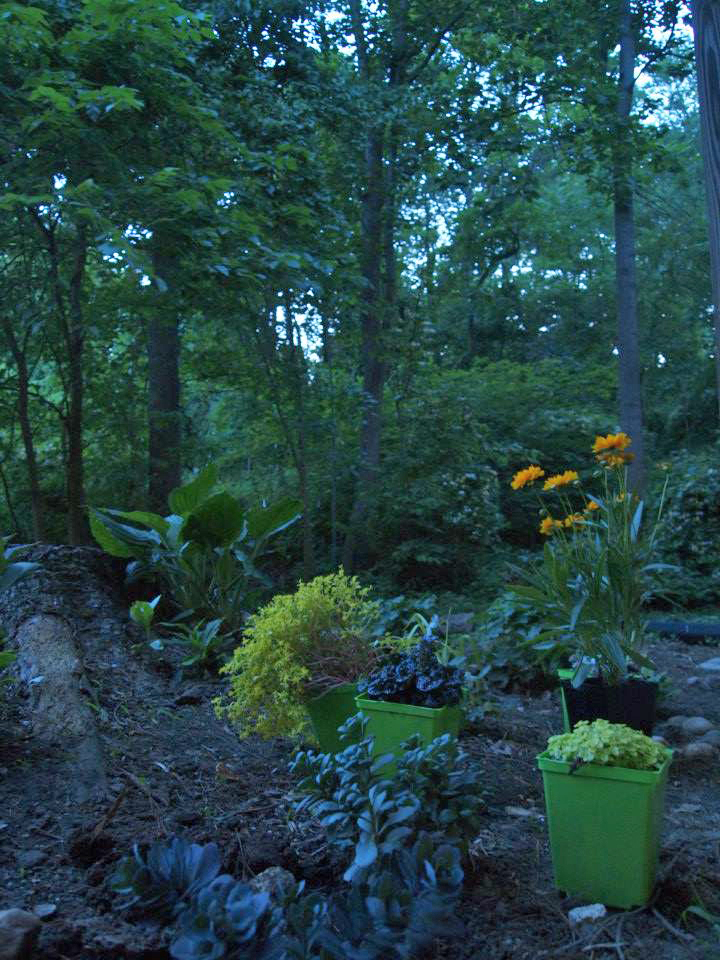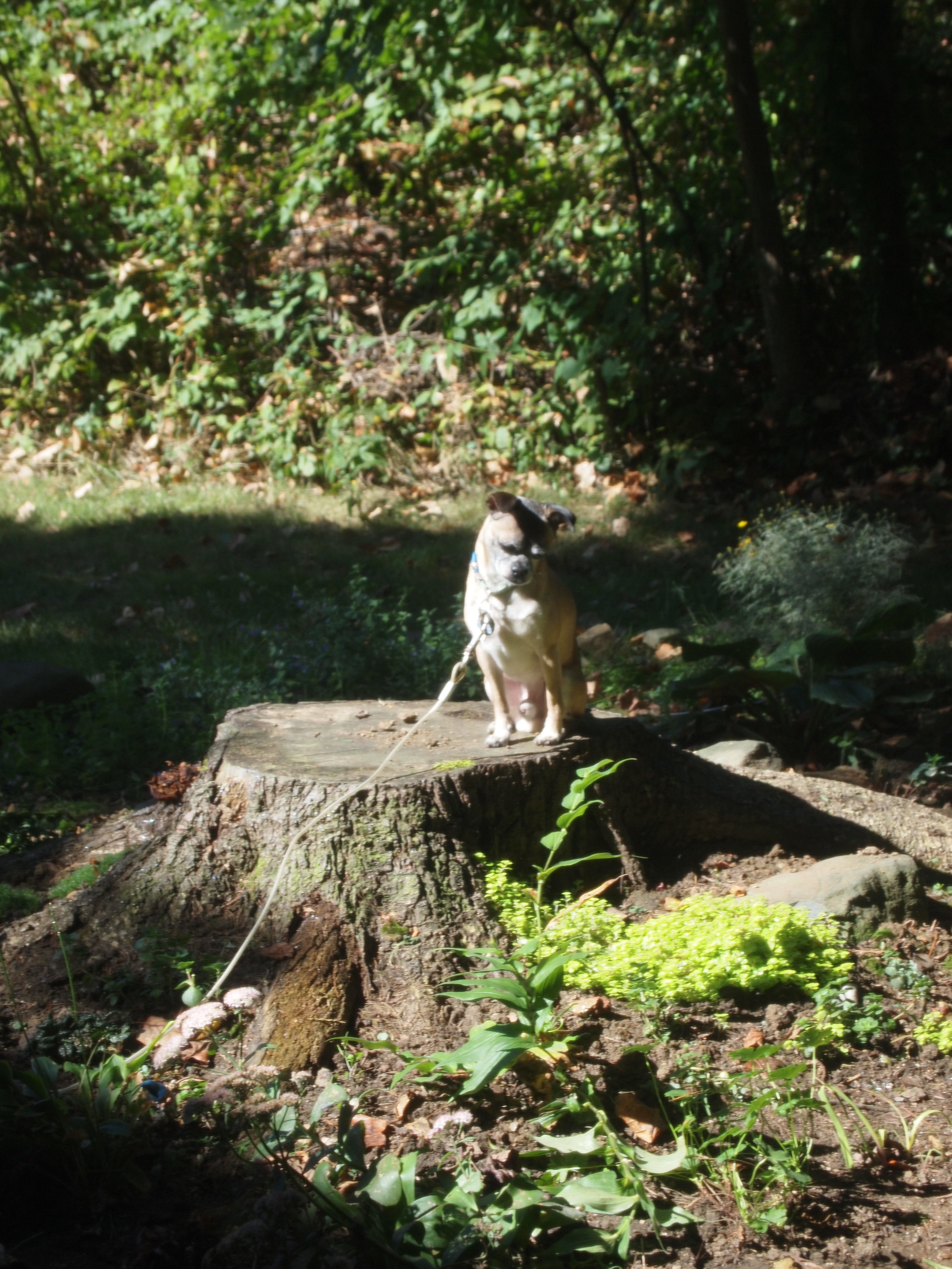Contrast in your Container Garden
/How do you choose your plant combinations? I think the number one rule is variety; variety of all different types: color, height, leaf shape, plant shape, and plant density. Nothing can stand out if it is surrounded by only similar objects. Planting all tall, skinny, grass-like plants that are the same shade of green is not going to look as impressive as if you change only one of the parameters. A grouping of grasses of a similar height but different colors is going to be more eye-catching.
So what plants did I choose? Today I am showing you the plants I bought at Swansons, what groupings I placed them in, and why I chose the plants to begin with.
Container One
Pocahontas Penstemon
I chose this plant for its wide, purplish leaves. In the early spring this plant sends up stalks with lavender flowers that hummingbirds, butterflies, and bees love. We'll have to look for them next spring! In the meantime, this serves as a good anchor plant for this container, dominating in height, leaf size, and leaf color.
Lamb's Ear "Silver Carpet"
It is hard to deny the fantastic texture that lambs ear has. The fuzzy leaves add interest and texture to any garden. I also love the dusty sage color; it serves as great contrast to the Penstemon leaves, in just about every aspect.
Diamond Heights California Lilac
And now for the punch of color! This plant has a great, bright, color, with dark green details. It is also a low lying choice, that will spill over the edge of our containers. This one attracts bees and butterflies, and is resistant to deer, not that we have that problem on the second floor! The only down side for this plant is that it isn't always hardy in our climate. It will all depend on how mild the winter is.
This one contrasts the other selections in color, leaf size and texture, height, and growing pattern. The penstemon and lambs ear provide the complex but reserved backdrop for the bright green stunner, that will spill over the edge of the planter as the summer goes on.
Hello, little bee!
Container Two
As the second planting, I went for a little grouping of terra-cotta pots. When thinking about the future of my porch, it is most likely that I will just keep adding terra cotta pots, and smaller groupings to the collection, this is just the logical beginning. Multiple pots add a statement, in a more cost effective, and transportable way than it would if I bought larger, statement planters.
Blackbird Penstemon
To start with some height, I chose a different variety of Penstemon, this one is called Blackbird Penstemon. It has larger, taller, flowers. This one is also great for wildlife. I liked this variety for its height, color, and spindly nature. Just look at those twisty tops!
Silver Bush, Cushion Bush (Calocephalus brownii)
This plant was just so unique, I couldn't resist it! It's made up of little white twigs, which contrast in color and texture to all of the other plants we purchased. The white color, and bushy shape stand out amongst the group.
Stonecrop, Sedum makinoi "Limelight"
Good old stonecrop, a great spreader and easy to establish. I chose this one for it's tendency to spill over the edges. It has great color, and juicy leaves. The stems contrast nicely too!
Wooly Thyme
So fuzzy, so tiny! I paired this one with stonecrop in a shallow pot, both spread along the top, and their roots don't extend too deep into the soil. Again, the fuzzy texture adds a touch detail and interest to the composition.
Two More Sedums
I told you i was excited about them in the last post, so I bought three! Just look at the variety amongst them, in color, height, texture; they really have it all (the third is the stonecrop, listed up above).
Sedum telephium "Chocolate Drop"
Dark, glossy leaves, and a commanding height called me over to this beauty. I chose this one for its ability to make a statement. This is in the same height range as the Silver Bush, but has so many differences that they stand out against each other.
Sedum Kamtschaticum "The Edge"
This one is special enough to have a pot all to its self! I like the growth pattern of the leaves, and the irregular edges of the leaves. It also has a nice, bright, green that related to the stonecrop and the California Lilac, tying them all together. It is just about to bloom with bright, yellow flowers too.
Those are all the plants that I got this time. I think it is a good starting pint, with a nice variety and contrast.
Now, truth circle time. I went against the advice I've been offered and bought a tomato plant at the farmers market this past weekend. We shall see how that goes. It has been uncharacteristically warm here for the past week or so, I figure we can give it a whirl.
Happy Gardening! and Happy 4th of July, we hope you have a fun Holiday!




































